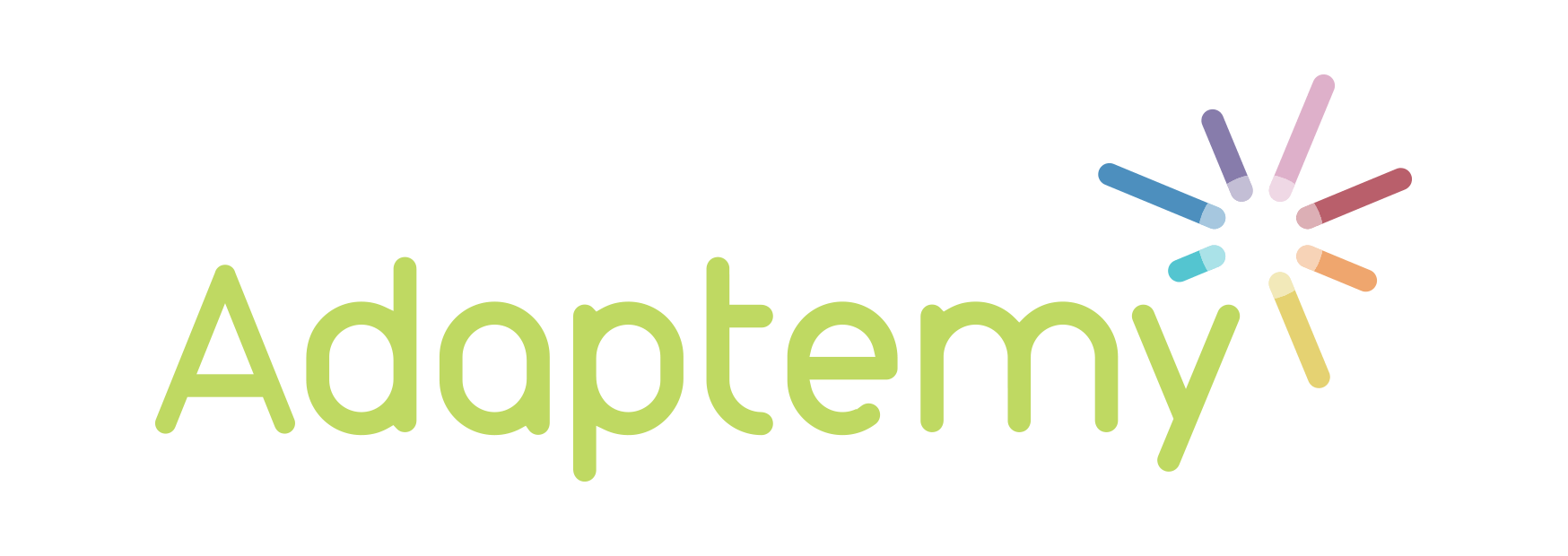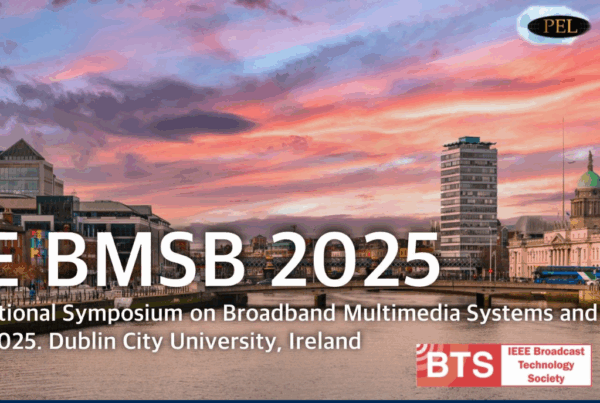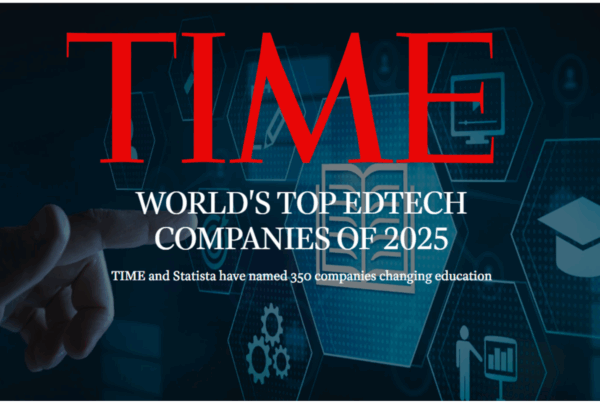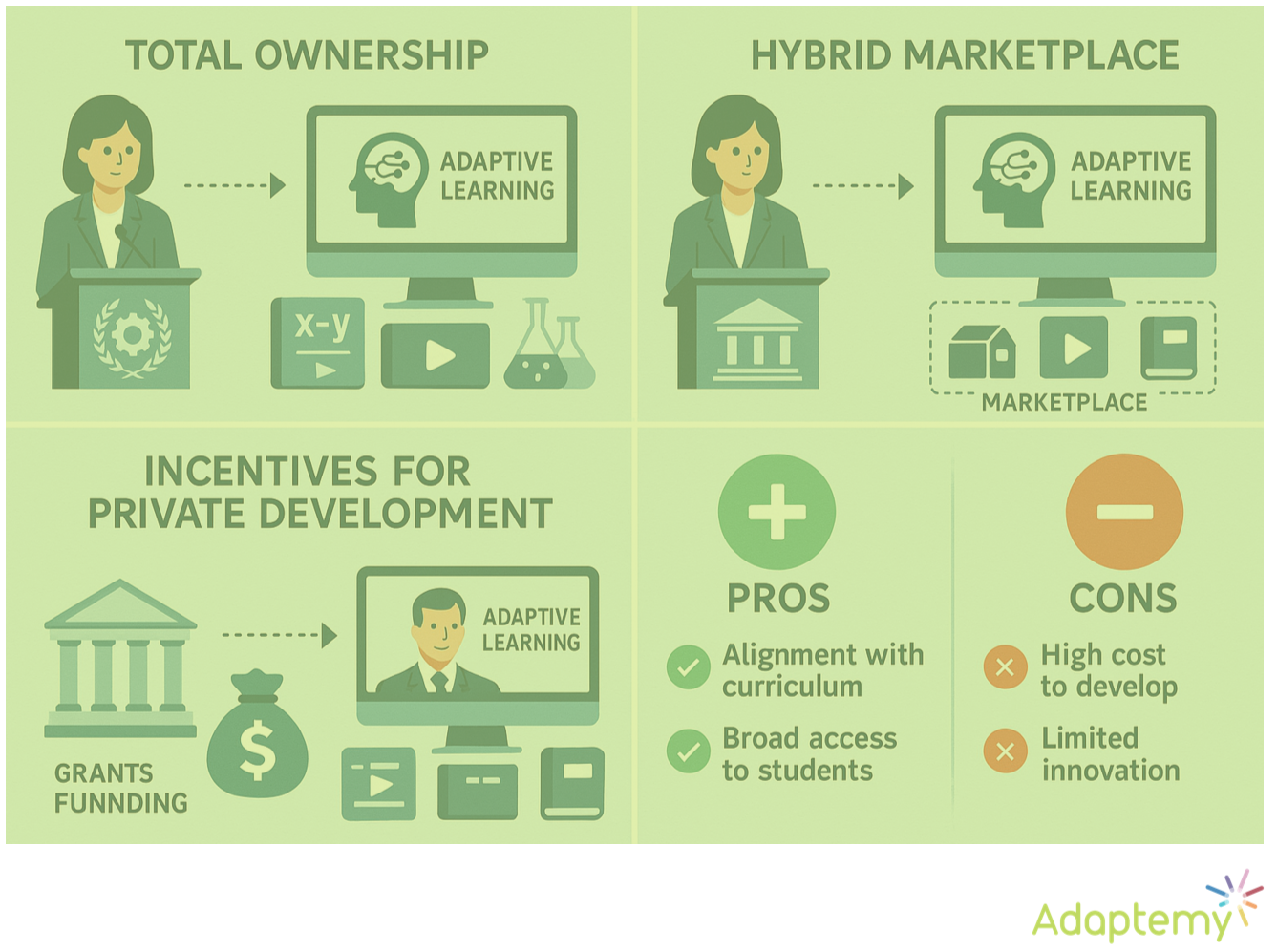
There is a misconception that creating content for adaptive learning systems is incredibly complex.
Because of this, it’s often assumed that either the adaptive technology partner creates content for publishers, or it takes their existing content, performs some magic and returns it ‘adaptified’.
But we believe publishers can and should retain control of the content authoring process. Here are three reasons why.
1. You already have everything you need
While there are new skills to learn and new metadata considerations, publishers are often surprised to learn they already have the content they need and that their team’s existing skills are a great fit for the job.
At Adaptemy, we have developed a series of authoring tools that have simplicity at their core and a quick and proven process for training content teams in the principles and practicalities of this kind of authoring.
Our work with major publishers like Folens, AulaPlaneta, Klett Raabe, and others has shown that with these tools and approach in-house teams can effectively and efficiently create and own their content.
2. Huge volumes of content are not required
A key concern for many publishers is the sheer volume of content needed to deliver an adaptive learning solution.
But the truth is, even using existing or a relatively small volume of content, it is possible to create a really effective adaptive learning experience.
This is because of the algorithms and approaches, such as content sequencing, motivational feedback and individualised learning paths, within the engine.
In our experience, a project to create a digital workbook for students aged 12-16 takes a team of four to five authors three to four months to complete.
This will deliver ~2000 question templates (including questions, answers and worked solutions) across 200 concepts. A little goes a long way.
3. When you own and maintain a single source of content you’re in control
Increasingly, content teams are being asked to deliver content in multiple formats, such as teacher manuals, printed textbooks, digital textbooks and ePub, for multiple boards, regions or states. Economy demands that this content is as reusable as possible.
When content is not separated from the format of delivery, painful and costly conversions from format to format are a necessity. That means publishers must create new versions of each title, which need to be continually maintained. Indeed, entire industries have sprung up to take on these conversions for publishers.
One of the key principles of structured xml content is to maintain a single source of content and transform it into whatever format your market needs, now and in the future. Adaptive learning engines use this same xml content structure; by starting to create format-agnostic content today you will be ready for tomorrow.
With Adaptemy, you will always own your content and it will also be ready for conversion. We focus on interoperable and portable standardised xml formats like SCORM and DITA. Our authoring tool generates QTI 2.1 xml. Whether you want to repurpose the content for a print book or present it in a non-adaptive digital solution the power is yours.
A popular first step for publishers wishing to explore adaptive learning solutions is to create an assessment for learning workbook. By recreating something familiar to teams and customers you’re able to leverage existing content while exploring the power of adaptive learning.
To find out more about Adaptemy and our adaptive engine read our article Building a Digital Product with Adaptemy or get in touch here.




